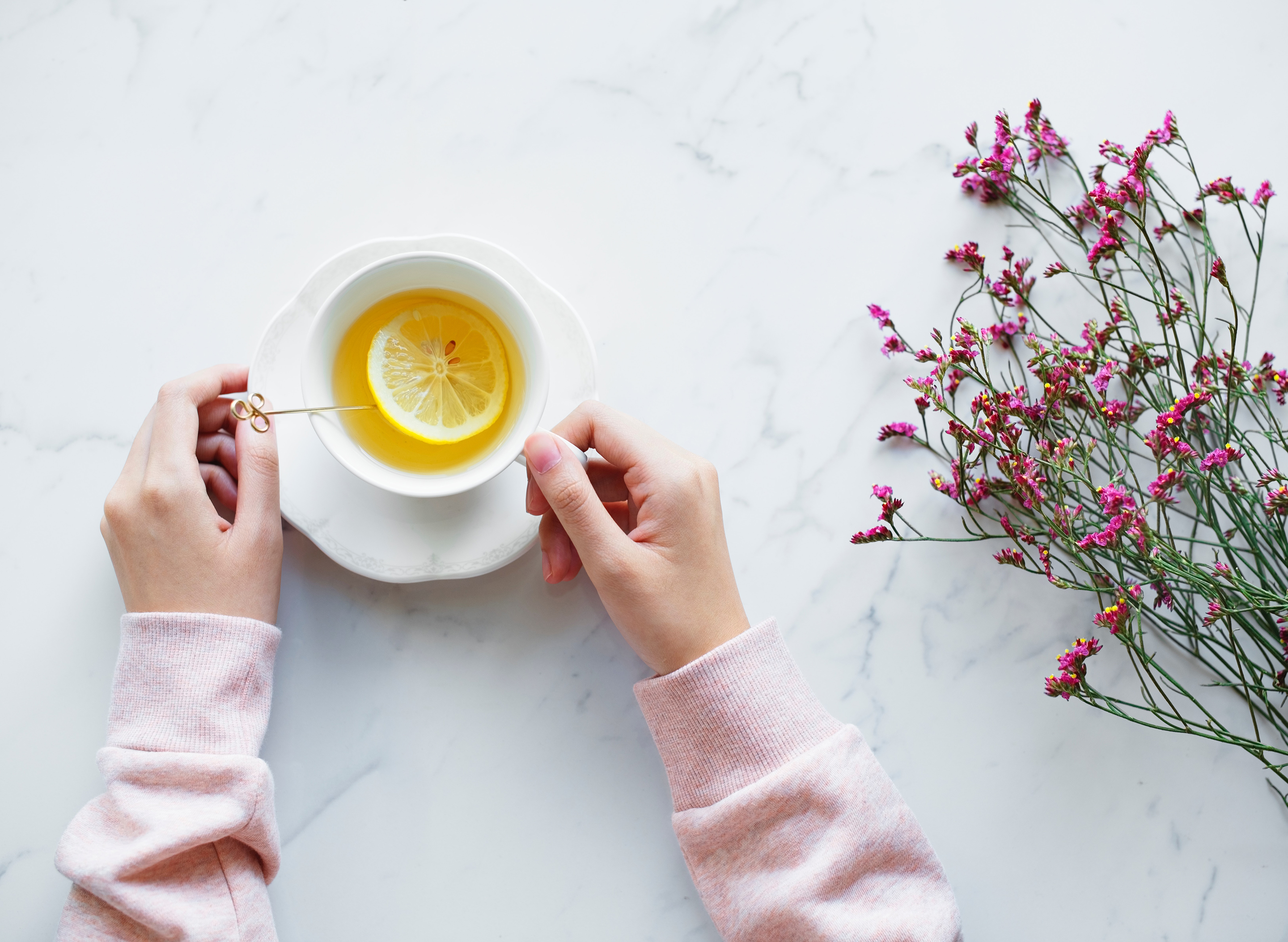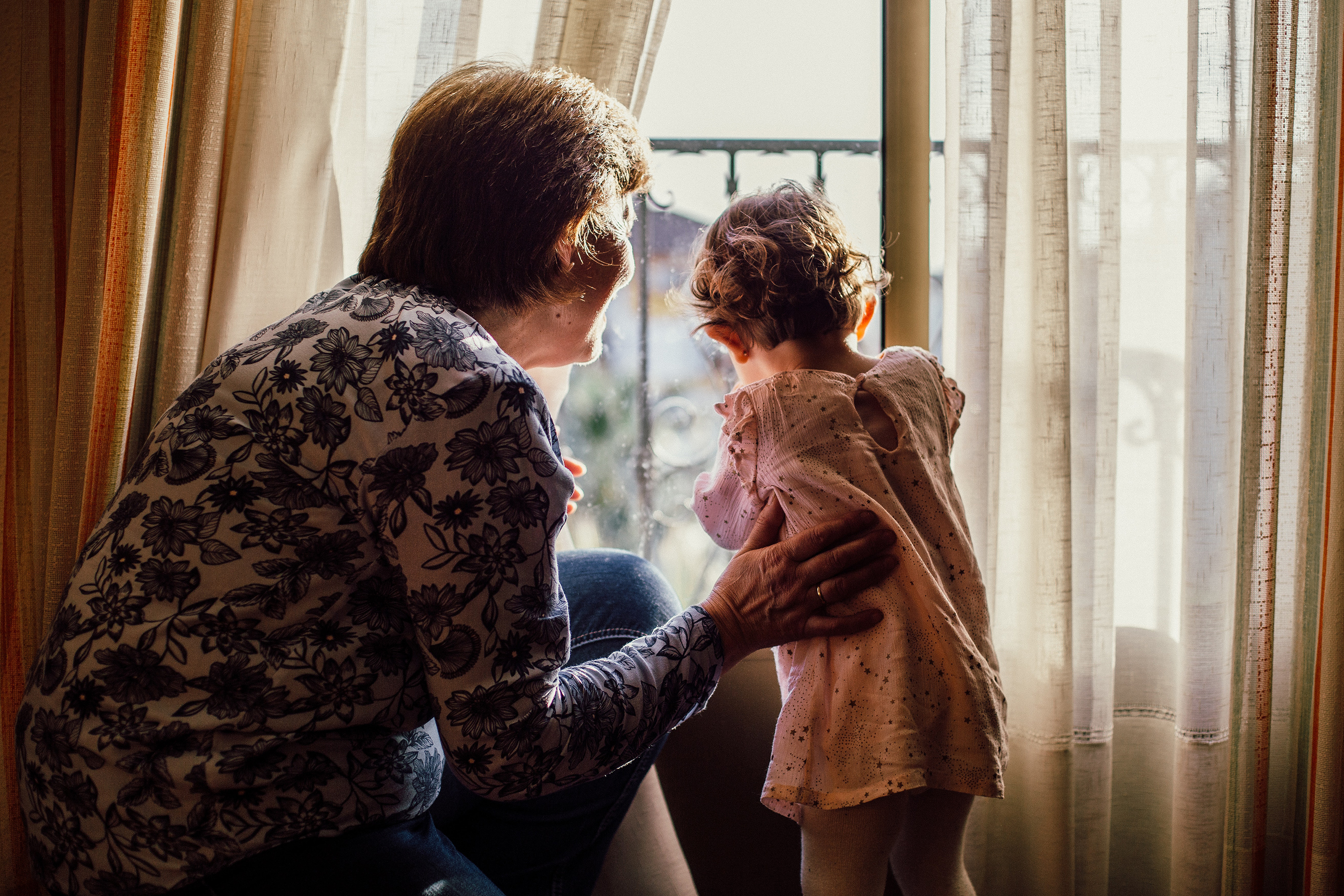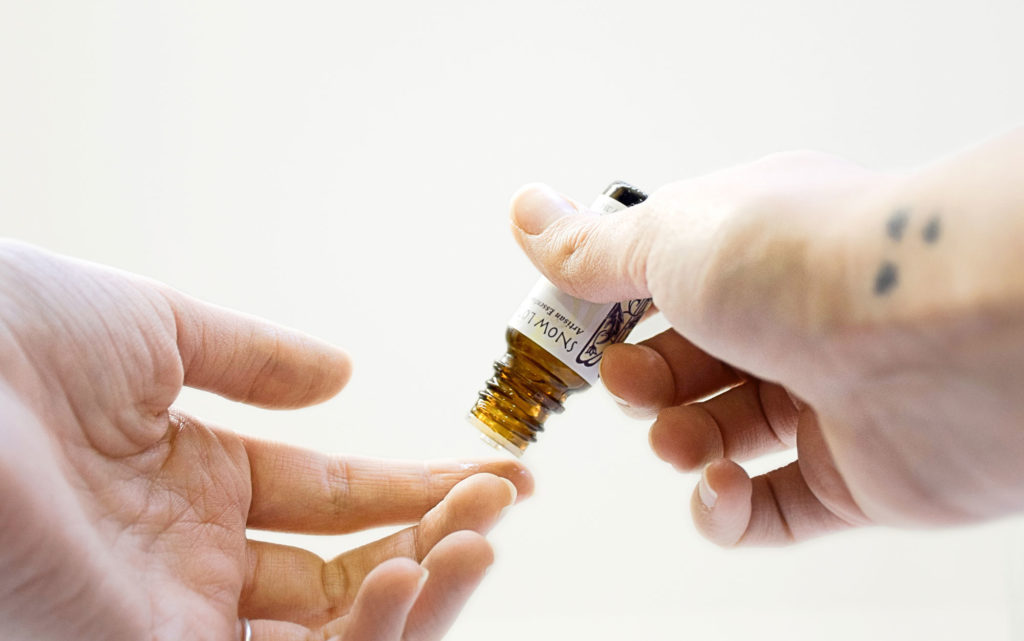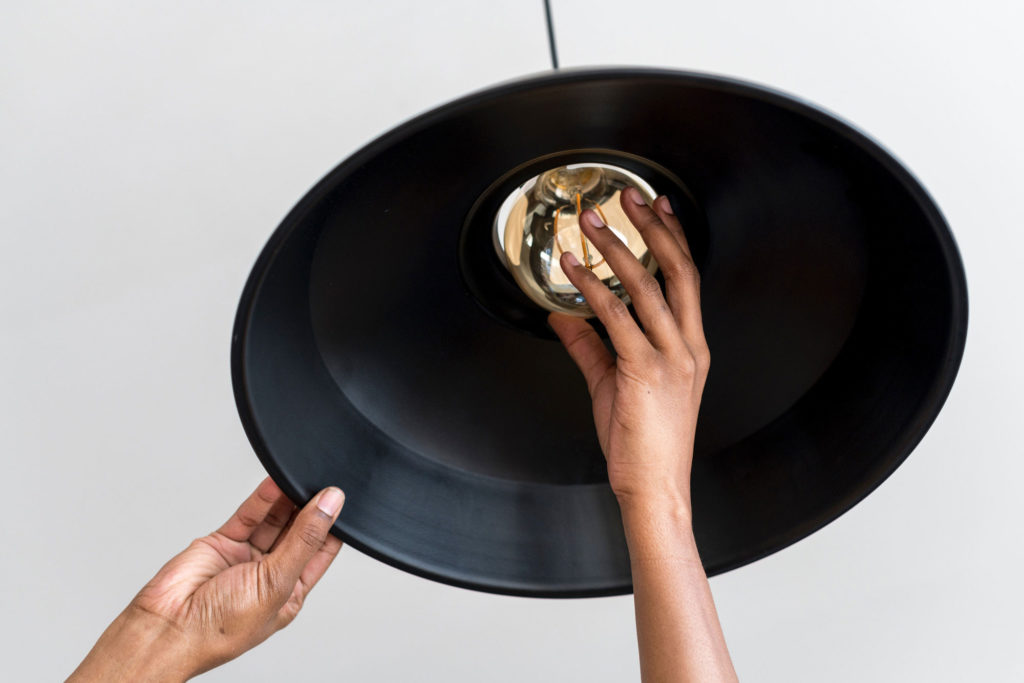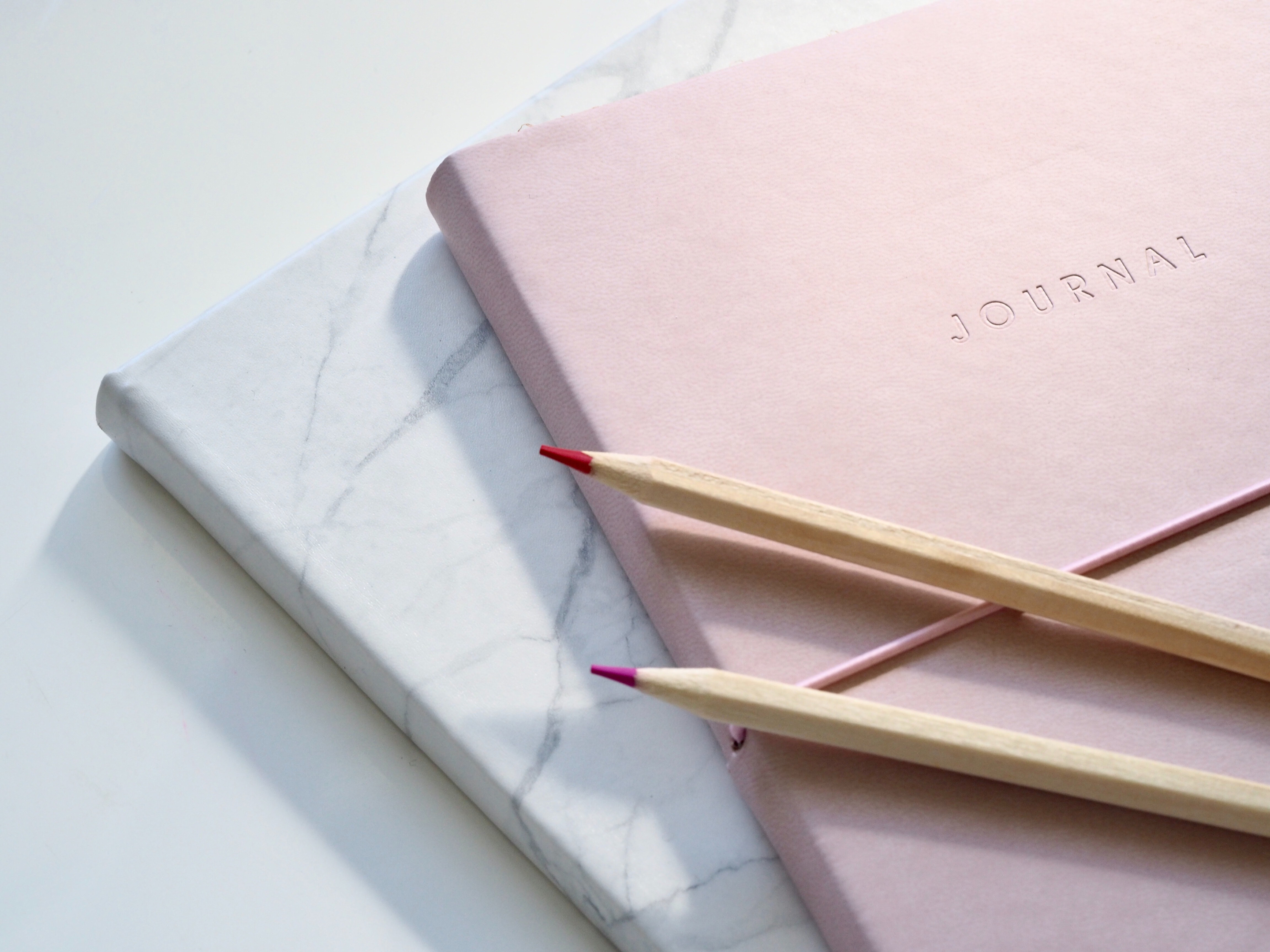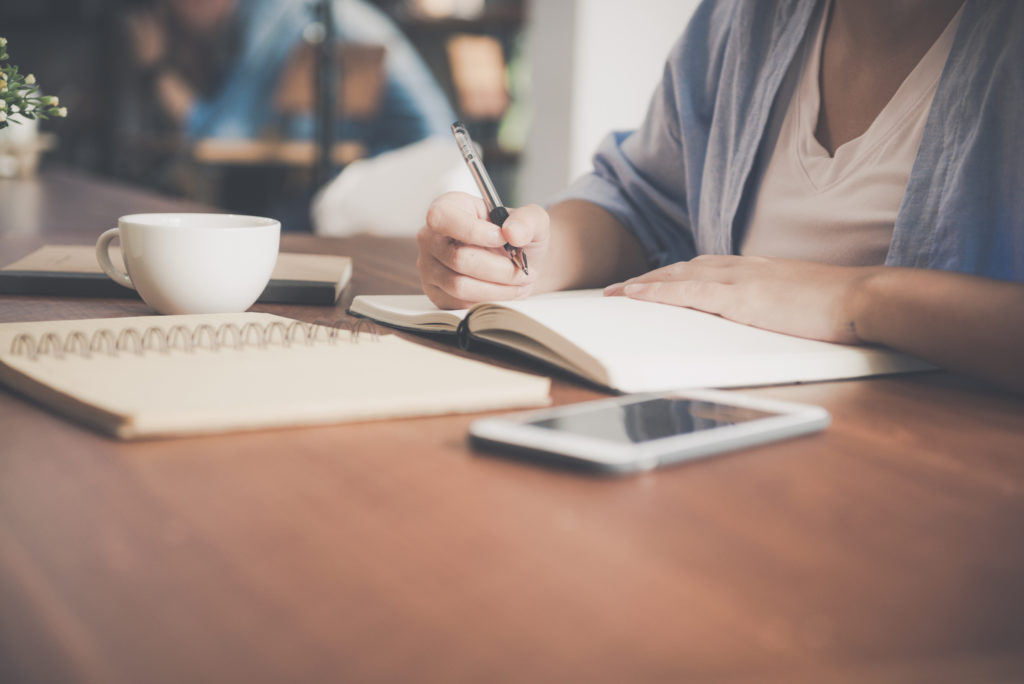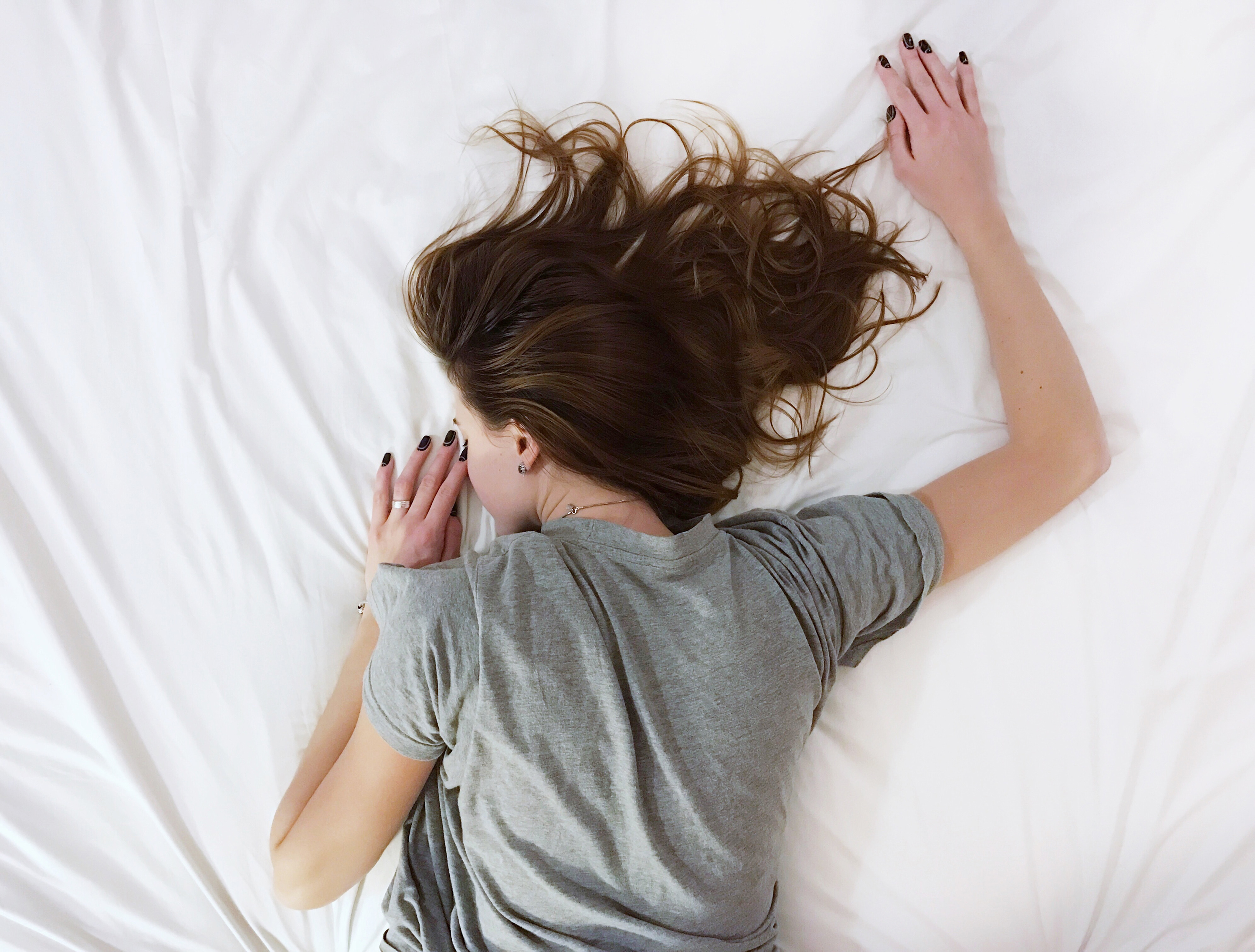Sleep problems are all to common, and so is the desire for natural sleeping pill alternatives.
They may work for many sleep sufferers, but no one could blame you if you didn’t want to wade into the waters of prescription sleep medications. Beyond the very real potential of developing dependence on certain types of medications, including benzodiazepines like Ativan and Xanax, there’s also the long list of side effects: dizziness, drowsiness at all hours of the day, digestive problems, headaches, heartburn, impairment, memory issues — at the (literal) end of the day, you might not feel like it’s worth it.
Then there are the sometimes-murky waters of natural supplements, as well. Melatonin is the most-recommended supplement for sleep, but long-term use may interrupt your body’s natural production of this sleep chemical. Scientists have researched which natural supplements could be dangerous. Kava kava has been linked to liver damage, passion flower has a risk of causing gene mutations and is unsafe for pregnant women, and rutaecarpine could increase your risk for heart attacks. And even if they don’t pose any potential threat to your health, plenty of acclaimed natural sleep aids may not work — wild lettuce, St. John’s wort, catnip, iron, lemon balm, and others either aren’t more effective than a placebo or just don’t have much evidence to support their effectiveness.
What natural sleeping pill alternatives work?
What’s backed up with evidence? Thankfully, with sleep problems on the rise, more medical professionals are studying the chemicals and substances that can reduce anxiety, help you get to sleep faster, lengthen the time you spend sleeping, and make you feel less tired when you wake up. Some of the oldest folk and natural remedies for better sleep have been shown to be effective in labs and research trials, and better research on dietary science has led to a better understanding of how foods affects our sleep.
Pairing better routines with your natural sleeping pill alternatives
Your routines are important for your sleep, and often one of the best places to make a change for better sleep. Pairing a natural sleeping pill alternative from the list below with positive sleep routines is a great strategy; the two will reinforce each other. Establishing good bedtime routines are important for everyone – young & old. Previously we have shown that among kids the implementation of a posttive bedtime routine can shown benefits in first three nights (Mindell 2017). Creating a healthy and consistent bedtime routine that includes a natural sleeping pill alternative both ensure that you take your natural alternative each night and helps your body and mind prepare for sleep.
If you want to try any of these supplements, be sure to talk to your doctor first — as with any treatment, you could be taking medications or have a condition that interacts even with natural substances. Here are 21 of the best natural sleeping pill alternatives; natural remedies for better sleep:
1. Lavender
Lavender contains linalool, a chemical that appears to have a sedative effect when taken orally. But lavender is best known for its aromatherapeutic scent, which in research trials helped both adults with insomnia and those without to feel drowsy, fall asleep, and sleep better. Some people also have success putting a few drops of lavender oil on their pillow, but beware if you have sensitive skin — linalool can be irritating. To try lavender as a natural sleep remedy, use an essential oil diffuser or put a few drops into your humidifier and enjoy the aroma in a well-ventilated room for thirty minutes before (or heck, while) you head to bed.
2. Gingko biloba
The medical uses of the leaves of this Chinese tree have been widely-studied with promising results. In addition to improving sleep quality by reducing anxiety, patients who took gingko biloba specifically for sleep reported better-quality sleep and an overall increase in sleep.

3. Chamomile
This daisy-like wildflower has been a staple in herbal medicine dating back to ancient Egypt, where it was used to cure fever. Its most common use today is as a mild sedative, and it’s usually prepared as a tea or as an essential oil for aromatherapy. Chamomile contains a plant chemical, apigenin, that works with molecules in the brain that are related to anxiety reduction. Apigenin can’t be taken on its own, but can be consumed through food sources like chamomile. Research on chamomile is still in its early stages, but small studies have shown chamomile to be effective both as a tea and in aromatherapy.
4. L-Tryptophan
You may remember hearing that your post-Thanksgiving food hangover had something to do with the amino acid tryptophan. Although it is present in many protein-heavy foods (like turkey), that post-Thanksgiving coma probably has more to do with eating a lot of heavy food. There is something to the old wives’ tale, however: Tryptophan produces melatonin in the brain, has been studied as a sleep inducer since the 1960s, and has been proven as a reliable, effective natural sleep remedy. Studies show that especially for people with mild insomnia, doses of 1g or greater can help increase sleepiness and decrease the time it takes to fall asleep.
5. Glycine
You might remember glycine from high school chemistry: it’s the simplest amino acid, and it’s the primary compound in collagen, which is found in a wide variety of foods (like bone broth, fish, and berries, to name a few). It’s important for a number of brain and body functions, but in studies, a 3g dose of glycine an hour before sleep is reported to improve sleep quality and reduce fatigue the next day.
6. L-Theanine
L-Theanine, like glycine and tryptophan, is an amino acid. In terms of sleep science, the similarities end there, though: Theanine is far less common in the human diet, and its effect on sleep is less direct. Theanine increases levels of GABA, a chemical in the brain that reduces nervous physical activity. Patients report a state of relaxation and reduced stress, and studies show that theanine supplements can reduce tossing and turning. You can take theanine as a supplement, and the only place it’s found in high concentrations in the human diet is green tea.

7. California Poppy
California’s bright-orange state flower has some promising preliminary research to support its use for anxious sleep sufferers, in particular. Patients in a trial that used California poppy to treat anxiety said their anxiety improved over the course of a month while taking it as a supplement, which is promising for people who can’t sleep because of racing thoughts. Talk to your doctor about taking California Poppy as a supplement, though — it can interact with certain prescription medications.
8. Calcium
You’re probably familiar with calcium mainly as it relates to bone health. Calcium is also an important nutrient for overall health, too. Calcium helps the brain use tryptophan to produce melatonin, and studies have shown calcium levels to be higher during the REM cycle, the deepest cycle of sleep. Making sure that you’re getting enough calcium can reduce your wakefulness during the night.
9. 5-HTP
The name stands for “5-hydroxytryptophan,” which isn’t nearly as complicated as it sounds. Tryptophan is converted into 5-HTP in the body, and 5-HTP is then converted into serotonin, one of the “feel-good” brain chemicals. For that reason, depression can — in some cases — be caused by a lack of tryptophan in the diet and 5-HTP in the body, and can interrupt sleep. In one study, 5-HTP has been shown to decrease the amount of time it takes to fall asleep.
10. Magnesium
It’s especially important for vegetarians and vegans to watch their magnesium intake: a lack of magnesium can contribute to anxiety, stress, and sleep disorders. In addition, magnesium acts as a natural muscle relaxant, helping to ease your body into sleep. It’s best taken with calcium, but make sure you talk to your doctor before taking supplemental doses of magnesium — high amounts of it can cause some unpleasant digestive symptoms.
11. Hops
Yep, those hops — the hops used to make beer — have been used to induce sleep for over a millennium. There isn’t a scientific consensus on its effectiveness yet. In small studies, women and university students who consumed hops as a supplement reported improvement in the quality of their sleep and reduced anxiety. Keep in mind that alcohol can actually interrupt your sleep, so hops are best consumed as a tincture, in powdered form, or even in non-alcoholic beer. Bottoms up!
12. Valerian Root
This foul-smelling root has been used as a natural remedy for better sleep since the time of ancient Greece and Rome, and was even used in England to soothe stress caused by air raids during World War II. Doctors don’t know how it acts on the brain yet. It’s possible that a number of chemical compounds in valerian work together to produce its sedative effects. Although there isn’t a consensus on valerian, the best research done on its soothing qualities showed significantly improved sleep.

13. Curcumin
Curcumin is the compound that gives turmeric its beautiful golden yellow hue, and it’s caused turmeric to gain popularity in wellness circles over the last few years due to its well-researched anti-inflammatory effects. Inflammation, as it happens, is also thought to play a role in mood disorders, so researchers have taken an interest in curcumin’s potential to treat anxiety. Patients in small preliminary studies reported a significant decrease in anxious symptoms that can also cause sleeplessness. It’s hard for the body to absorb curcumin on its own, but pairing it with black pepper can help.
14. Echinacea
Fun fact: The name “echinacea” is derived from the Greek word for “hedgehog,” due to the flower’s spiny petals. You might know it best as a treatment for the common cold, but one study showed that echinacea may have significant anti-anxiety effects when taken in low doses, as well. Store your echinacea in a cool, dark place — sunlight and heat can cause it to lose some of its active chemicals.
15. Ashwagandha
The root of this Indian shrub has been held in wide esteem for its anti-anxiety effects in Ayurvedic medicine for millennia. Research bears out that chemicals in Ashwagandha may reduce the perception of stress significantly and might decrease the influence of corticosteroid on your body. On its own, that can help you sleep better. But it’s also showing some preliminary potential for the treatment of insomnia. Like valerian, watch out for the smell of this root — the name “ashwagandha” translates (apparently correctly) to “smells like horse.”
16. Carbs
Great news! Bread can help you sleep. No, really — when you eat carbohydrates, your body responds by releasing insulin, which can help tryptophan be absorbed in the brain. High-glycemic foods also cause your blood sugar levels to quickly spike and then quickly fall, shortening the amount of time it takes to fall asleep. In one study, people who ate jasmine rice fell asleep faster than when they ate other rice types, so it might be worth the splurge over your usual brown rice.

17. Dairy
More great news! Cheese can also help you sleep. Any dairy product, in fact, contains high amounts of calcium and tryptophan, and could contribute to an overall plan to help you get some shut-eye. Between cheese, rice, and curcumin, a curry with paneer and jasmine rice seems like the perfect pre-sleep meal!
18. Dark leafy greens
Dark leafy greens contain a boatload of nutrients, and they might be particularly important for vegans looking to gear their diet toward better sleep. Greens like kale, spinach, chard, bok choy, and mustard greens contain loads of calcium that dairy-eaters normally get through milk, cheese, and yogurt.
19. Tart cherry juice
Tryptophan occurs most commonly in animal products, making it another natural remedy for better sleep that’s hard for vegetarians and vegans to get through their diets. Thankfully, cherry juice — especially tart cherry juice — does contain tryptophan, and researchers from the Universities of Pennsylvania and Rochester found that research subjects who drank tart cherry juice reported better sleep than a placebo group.

20. Kiwi
If you love kiwi, you’ll be happy to know that daily consumption may be a natural remedy to help you sleep better. Researchers at Taiwain’s University of Taipei found in a small study that subjects who ate kiwi daily reported falling asleep faster, better sleep, feeling less tired in the morning, and increased time sleeping.
21. Bananas
Bananas are a powerhouse of sleep-related chemicals. In addition to being another vegan option for tryptophan, they also contain potassium and magnesium, which act as natural muscle relaxants. Eat one thirty minutes before bed, or prepare yourself a cup of banana tea by cutting off the ends and boiling the whole rest of the banana for 8-10 minutes an hour before bed.
This article on natural sleeping pill alternatives is related to the Somn Body Sleep Factor. Learn more about the Somn Assessment and Sleep Factors

What to do next…
- Learn about your sleep with a Somn Sleep Journal
- How a personal melatonin program can help
- Learn about the Somn sleep assessment
- Explore how the environment impacts your sleep
- Get a LessBlue Bedtime Bulb
